The Ultimate Guide to Choosing the Right Residential Air Conditioning System for Your Home
In today’s ever-changing climate, the importance of selecting the right residential air conditioning systems cannot be overstated. According to the U.S. Energy Information Administration (EIA), air conditioning accounts for nearly 12% of total energy expenditures in the residential sector. As homeowners increasingly seek energy efficiency and cost-effectiveness, understanding the diverse options available is crucial. The American Society of Heating, Refrigerating and Air-Conditioning Engineers (ASHRAE) emphasizes that proper system sizing and installation can lead to energy savings of 20-50%. With a plethora of choices ranging from central air systems to ductless mini-splits, making an informed decision becomes essential in creating a comfortable living environment while minimizing energy consumption. This guide aims to equip homeowners with the insights and tips necessary to navigate the complexities of air conditioning options, ensuring that every home benefits from optimal cooling solutions tailored to its unique needs.
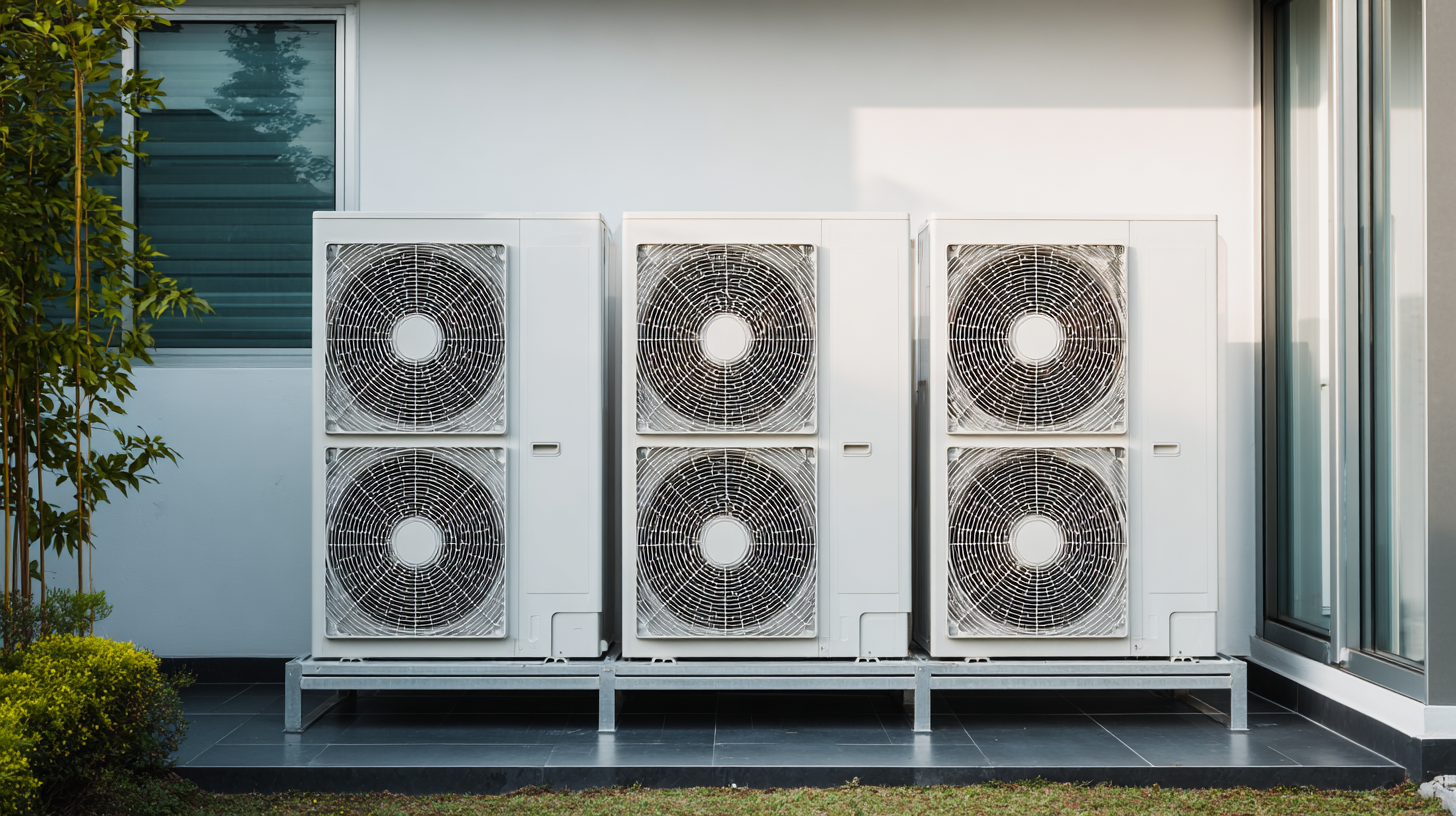
Understanding Different Types of Residential Air Conditioning Systems
When selecting a residential air conditioning system, understanding the different types available is crucial to making an informed decision that suits your home’s specific needs. The most common types include central air conditioning, ductless mini-split systems, window units, and portable air conditioners. Central air conditioning systems are ideal for larger homes, offering efficient cooling through a network of ducts. They provide consistent temperature control and are a preferred choice for homeowners seeking integrated climate control throughout their living spaces.
On the other hand, ductless mini-split systems offer flexibility and are perfect for homes lacking existing ductwork. They consist of an outdoor compressor and one or more indoor units, providing zoned cooling without the need for extensive installation. For those living in smaller spaces or renting, window units and portable air conditioners are viable options. Window units are installed in a single window and are effective for cooling one room, while portable air conditioners can be easily moved from room to room, offering convenience without permanent installation. Understanding these options will help you choose a system that aligns with your home requirements and lifestyle.
Key Factors to Consider When Choosing an Air Conditioning System
When selecting the right residential air conditioning system, several key factors should be taken into account to ensure comfort and efficiency. Firstly, it is essential to assess the size of the space to be cooled. An air conditioning unit that is too small will struggle to maintain a comfortable temperature, while one that is too large will cycle on and off too frequently, wasting energy. Calculating the appropriate British Thermal Units (BTUs) required for your space is a good starting point.
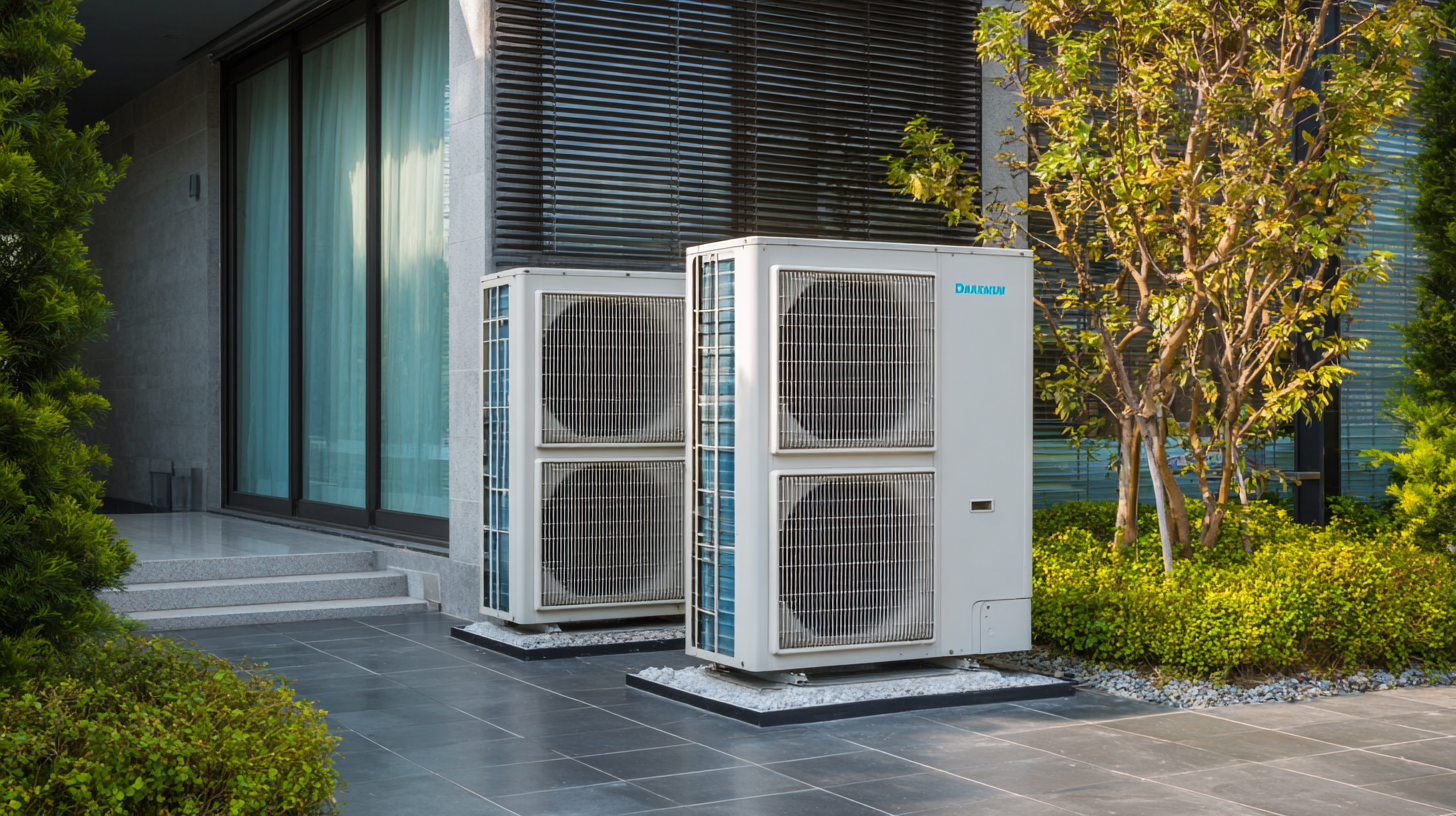
Another critical factor is energy efficiency. Modern air conditioning systems come with various energy-efficiency ratings, such as the Seasonal Energy Efficiency Ratio (SEER). Choosing a system with a higher SEER rating will not only reduce energy consumption but also lower electricity bills. Additionally, considering advanced features such as programmable thermostats, zoning capabilities, and smart technology integration can enhance comfort while contributing to energy savings. Ultimately, meticulous consideration of these factors will guide homeowners in making an informed choice when investing in their air conditioning systems.
Evaluating Energy Efficiency Ratings and Their Importance
When selecting a residential air conditioning system, evaluating energy efficiency ratings is crucial. These ratings, often represented as SEER (Seasonal Energy Efficiency Ratio) for central systems or EER (Energy Efficiency Ratio) for window units, indicate how effectively a system converts electricity into cooling output. Higher ratings typically reflect greater energy efficiency, which can lead to significant savings on your utility bills.
Tips: When shopping for an air conditioning system, look for models with a SEER rating of 16 or higher for optimal energy efficiency. Additionally, consider the local climate and the size of your home; a system that is too small will struggle to cool your space, while an oversized unit can lead to energy waste.
Knowing the importance of these ratings can guide your purchasing decision. Energy-efficient systems not only benefit your wallet but also minimize your environmental footprint. Always check for the ENERGY STAR label, which signifies that the product meets rigorous energy efficiency guidelines set by the U.S. Environmental Protection Agency.
Tips: Don’t forget to ask about any available rebates or incentives for energy-efficient HVAC installations, as many utility companies provide financial benefits to encourage homeowners to make environmentally friendly choices.
Comparing Cost Options: Initial Investment vs. Long-term Savings
When selecting a residential air conditioning system, it is crucial to consider the cost options between the initial investment and long-term savings. This comparison not only impacts the budget but also influences the efficiency and comfort of the home. A higher upfront cost may come with advanced technology, greater energy efficiency, and improved performance, ultimately leading to lower energy bills over time. For instance, investments in systems with higher SEER (Seasonal Energy Efficiency Ratio) ratings could translate into substantial savings as they consume less energy.
In a broader financial context, the importance of choosing the right investment option also parallels the decision-making process for air conditioning systems. For instance, fixed deposits are known for their reliability but may yield lower returns compared to other investment vehicles like stocks or mutual funds. Understanding the current deposit rates, such as those offered by banks in Singapore or various GIC options in Canada, can help assess the balance between security and growth potential. This insight can guide individuals in making informed decisions about both home comfort systems and their financial investments, ultimately aligning one's priorities with long-term benefits.
The Ultimate Guide to Choosing the Right Residential Air Conditioning System for Your Home
| System Type | Initial Investment ($) | Annual Operating Cost ($) | Expected Lifespan (Years) | Estimated Total Cost Over 15 Years ($) | Energy Efficiency Rating (SEER) |
|---|---|---|---|---|---|
| Central Air Conditioning | 3,500 | 1,200 | 15 | 20,500 | 16 |
| Ductless Mini-Split | 4,000 | 900 | 20 | 17,000 | 20 |
| Window Air Conditioner | 300 | 300 | 10 | 3,000 | 12 |
| Portable Air Conditioner | 500 | 350 | 7 | 2,950 | 10 |
Maintenance Needs and Lifespan of Various Air Conditioning Systems
When selecting a residential air conditioning system, understanding the maintenance needs and lifespan of various systems is crucial. Different types of air conditioning systems come with their own requirements. For instance, traditional central air conditioning units typically require regular filter changes and annual professional servicing to maintain peak efficiency and extend their lifespan, typically around 15-20 years. In contrast, ductless mini-split systems may need less frequent maintenance, focusing primarily on cleaning the filters and checking the refrigerant levels, with a lifespan of about 20 years.
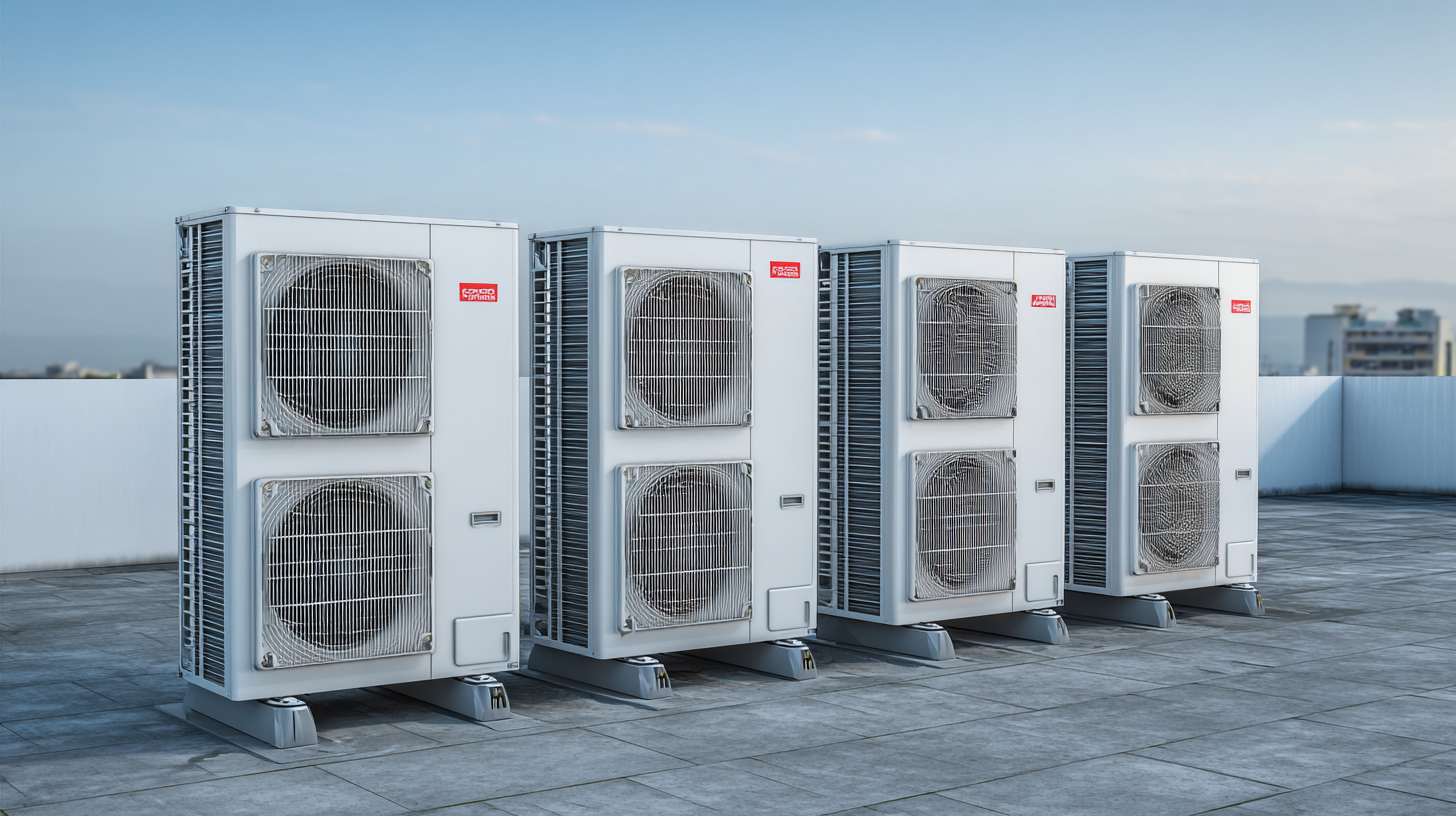
Tips: Always keep the outdoor unit clear of debris and foliage to ensure optimal airflow. Regularly check and clean filters to enhance indoor air quality and system efficiency.
For those considering window units, these typically have a shorter lifespan of about 8-12 years and may require annual installation and removal, along with seasonal maintenance. Window air conditioners often need regular cleaning to prevent buildup and improve performance. Selecting the right system based on these maintenance needs can significantly impact your overall comfort and energy costs.
Tips: When cleaning your air conditioning unit, avoid using harsh chemicals; instead, a gentle soap and water solution will suffice. Regular inspections help identify potential issues before they escalate into costly repairs.
Related Posts
-
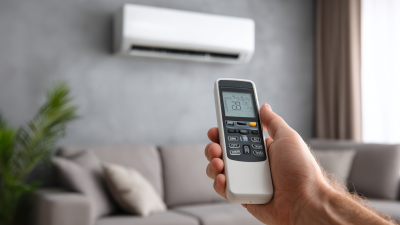
2023 Guide to Air Conditioning Systems: Understanding SEER Ratings and Energy Efficiency for Your Home
-
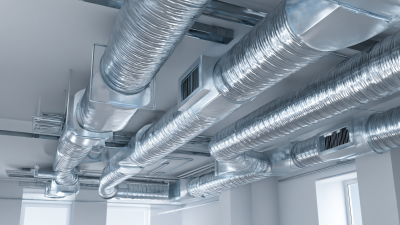
Understanding the Importance of Proper Air Conditioning Duct Installation for Energy Efficiency
-
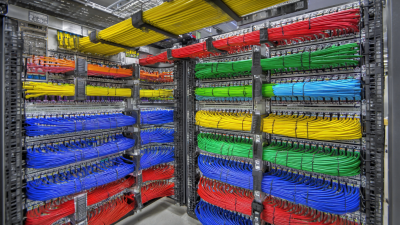
Understanding AC Trunking: A Comprehensive Guide to Efficient Cable Management Solutions
-

The Ultimate Guide to Understanding Air Conditioning Trunking: Benefits and Installation Tips
-
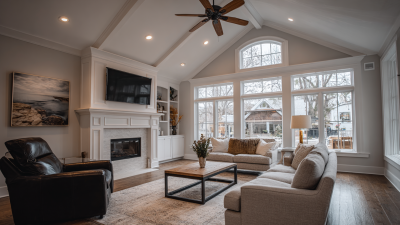
Ultimate Guide to Efficient Air Conditioning Installation for Your Home Comfort
-
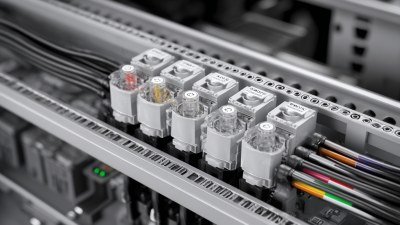
Exploring the Advantages of AC Trunking for Modern Electrical Systems